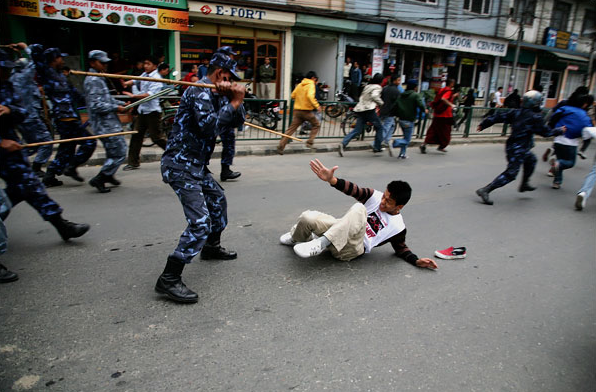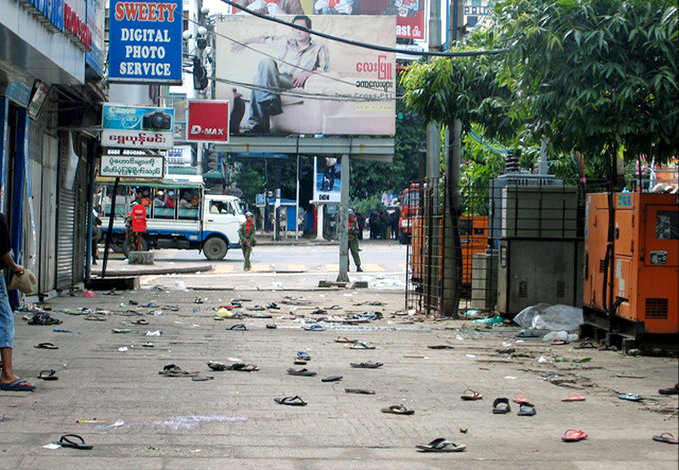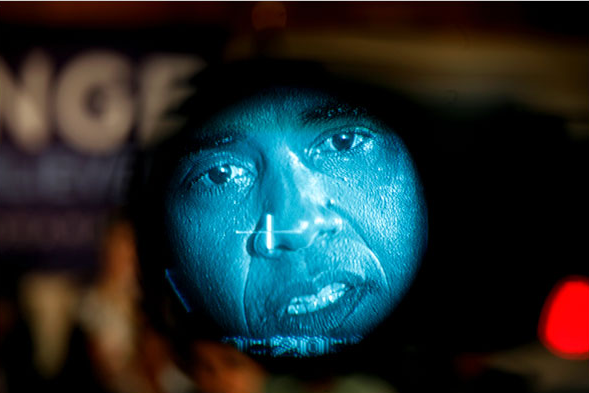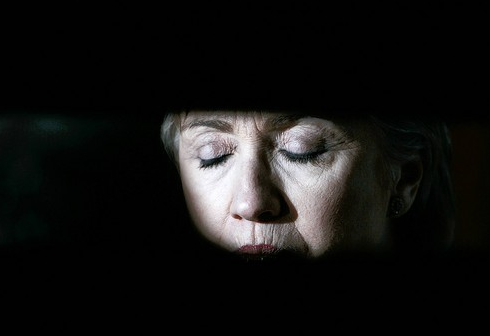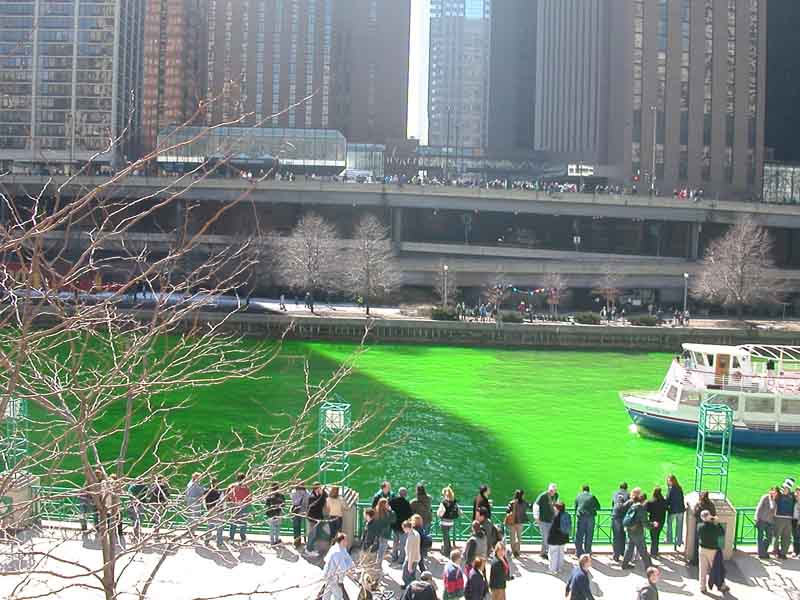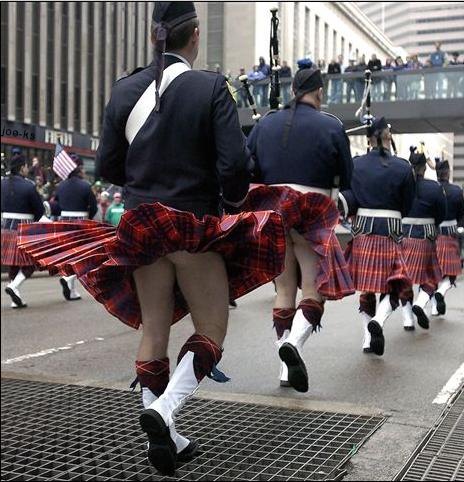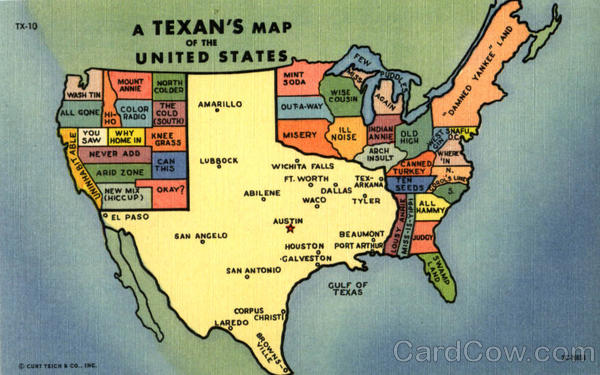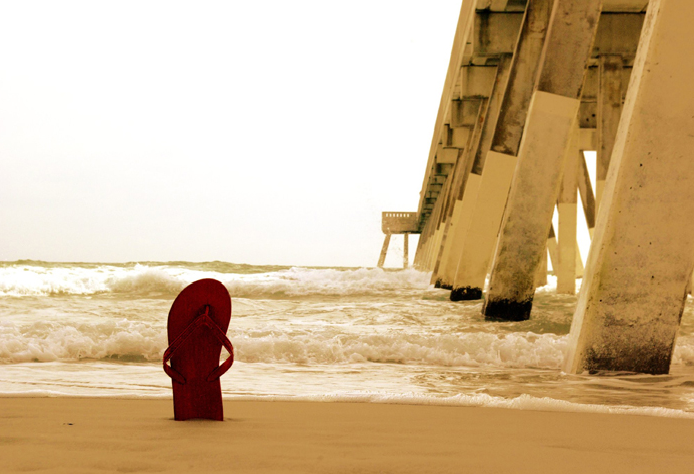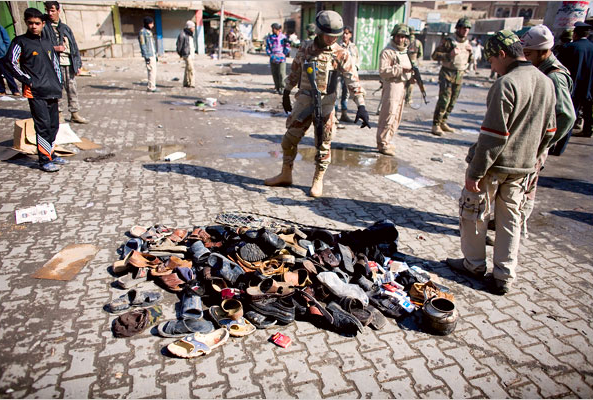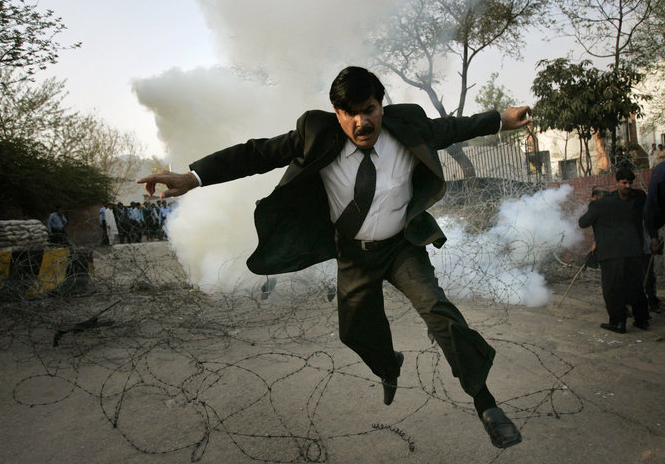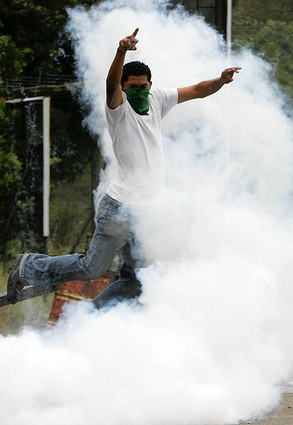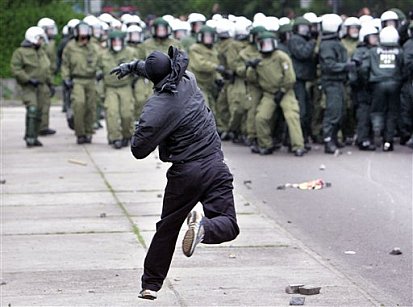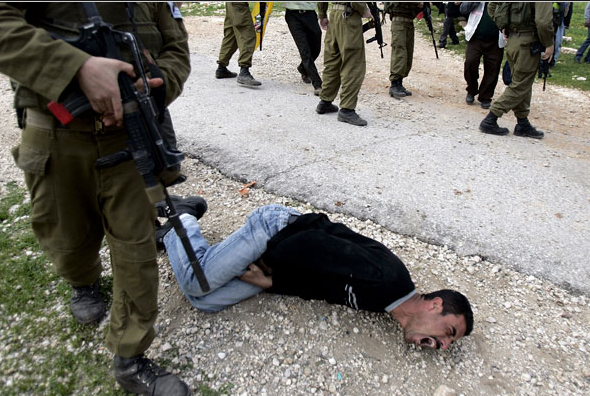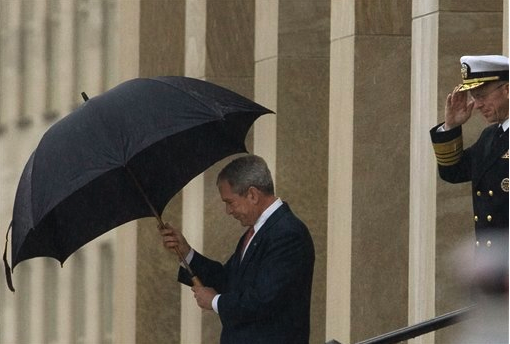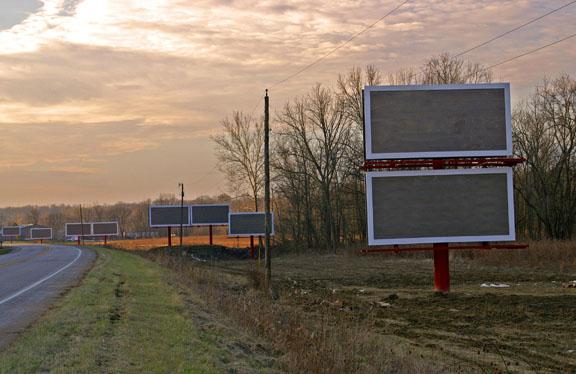It is hard to look at the images of the “riots” in Tibet and the Chinese provinces and not be reminded of our own history of human rights repressions, and especially the violence that erupted across the South in the early 1960s. Just as then, those animated by a commitment to non-violent protest and resistance are being accused of causing the disturbance. And just as then, the visual evidence seems to give the lie to the claims by those defending the repressive regime—or at least it did until the Chinese government began to censor internet sites and to expel foreign journalists. And perhaps with good reason …
The Chinese government maintains that the police and military have used “restraint,” refusing to “open fire” on the crowds. That might be true enough (though there are conflicting—albeit unconfirmed—reports of nearly 30 Tibetan Monks being shot by the police in Aba, Sichuan), but the photograph above from Nepal and others like it would seem to give new meaning to the word “restraint,” at least as it is used by governments in the area. The lone individual laying in the middle of the street seems to be helpless, and even if he had previously been “riotous,” here he certainly isn’t much of a threat to anyone or anything, least of all a squad of riot troops who could easily detain and arrest him if that was their goal. And yet the soldier about to beat him with a baton has his legs spread and weight back to bring the full force of his weapon to bear upon the face and head of his target, a victim who can only feebly attempt to ward off the blow.
What makes the photograph all the more difficult to look at—and yet also somehow hard to look away from—is the red shoe left sitting in the middle of the street. We can only assume that whoever lost the shoe literally ran out of it in a frantic effort to escape the oncoming mayhem. But more than that, it is only a flimsy canvas shoe, a stylized covering for the foot that offers the merest of protection. Notice how it sits in stark contrast to the heavy leather boots worn by the approaching troops. And thus, the photographer has revealed the sense in which the supposed physical threat posed by the protestors is no threat at all. What we have here, then, is an image not of restraint but of brutality. The difference between the shoe and the boot marks the fundamental inhumanity that all too easily results when established regimes set out to suppress ethnic and sectarian differences. We’ve seen the inhumanity before, and not just in foreign lands.
But there is more, for the image of the lone shoe also invites comparison with another photograph taken during the Burmese government’s brutal suppression of protests challenging its violation of human rights. That crackdown occurred in Myanmar this past September:
The obvious difference is that here we have hundreds of shoes and sandals, not just one, and so the magnitude of the situation is somewhat more pronounced. But now, the street, virtually empty with the exception of a single individual lurking in the margin, is being guarded by troops as if democracy will arise spontaneously from the shoes and sandals left lying around. And it might, for that is the mythic promise of the democratic movements that the Chinese and Burmese governments fear. My fear is that it will take more than simple faith for sandals and flimsy shoes, however numerous, to challenge jackboots in any effective way. This is not to say that it cannot happen, but it will surely take more than lone individuals to forge the battle, whether lurking in the shadows or standing up against tanks in a public thoroughfare.
Photo Credits: Euan Deenholm/Bloomberg News; Mandalay Gazette-AFP/Ghetty Images
